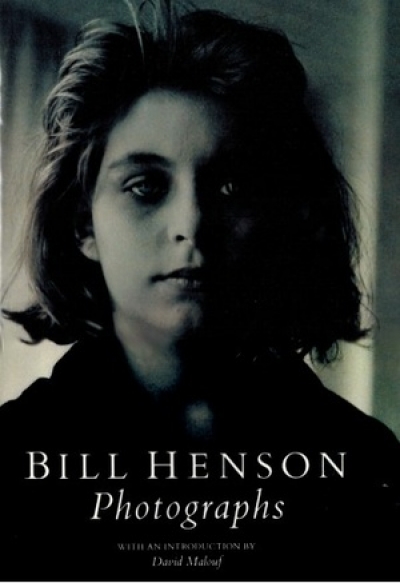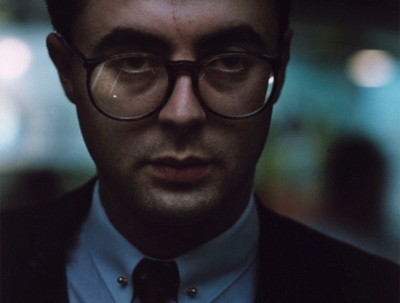Bill Henson
Bill Henson: Photographs by Bill Henson, introduction by David Malouf
The late Susan Sontag suggested that the photograph ‘offers a modern counterpart of that characteristically romantic architectural genre, the artificial ruin: the ruin which is created in order to deepen the historical character of a landscape, to make nature suggestive, suggestive of the past’. On viewing the retrospective exhibition Bill Henson: Three Decades of Photography, which was organised by the Art Gallery of New South Wales and is now at The Ian Potter Centre: National Gallery of Victoria Australia (NGVA), this familiar idea of the photograph as memento mori struck me as peculiarly apposite. Although the experience of Henson’s photographs is not quite the eighteenth-century one of sighing over ruins, the tone of the exhibition is distinctly melancholic, something like a syncopated elegy in pictures.
... (read more)


